Known to many for its beautiful beaches and endless sunny days, Croatia has rapidly become a favorite holiday destination for the Hollywood jet set and average Joe alike. The country continues to ride the wave of the “Game of Thrones effect” with large flocks of tourists descending upon Dubrovnik every year. Time to embark on a road trip to Croatia, seven glorious days of culture and food!
There is more to Croatia than beaches and King’s Landing, as cool as they might be! The country is replete with folk legends, and winding roads through lush forests in Central Croatia and will have you starting a lifelong love affair with truffles on the egg-shaped peninsula of Istria. There is a ton of things to do in Croatia and I can’t wait to share my highlights with you.
This 7-day Croatia itinerary starts in beautiful Zagreb and ends in the ancient Roman city of Pula. The famous regions of Dalmatia and the various islands in Croatia (Hvar, Vis,…) are not included in this specific guide as the distances were too large to cover in a mere 7 days.
Please note: This post contains affiliate links, meaning I may earn a commission if you make a purchase by clicking a link (at no extra cost to you). Learn more.


7 days in Croatia: Itinerary Overview
| DAY | WHERE TO GO | WHERE TO STAY |
| Day One | Zagreb | Zagreb – Timeout Heritage Hotel |
| Day Two | Krapina Zagorje, castle hunting | Zagreb – Timeout Heritage Hotel |
| Day Three | Karlovac, Rastoke | Karlovac – Rooms Ma La |
| Day Four | Plitvice Lakes National Park | Plitvice Park – Hotel Jezero |
| Day Five | Istria | Rovinj – Rooms Hey Rovinj |
| Day Six | Istria | Rovinj – Rooms Hey Rovinj |
| Day Seven | Istria | Pula – Arena view apartment |

One week in Croatia Guide
Seven days is too short to travel to all the various regions in Croatia. It would amount to non-stop driving and little time to sit back and enjoy. A verb that is synonymous with the way of life in Croatia; People-watching over a cup of coffee is considered a national sport and taking the time to enjoy good food is second only to breathing in terms of priorities in life.
Renting a car is fairly easy in Croatia with companies such as Europcar and Hertz offering car pick up straight from the airport in Zagreb. Make sure to book a one-way rental (pick up and drop off in a different city) if you do wish to follow this road trip itinerary.
Save your pennies: Compare best prices for renting a car via AutoEurope

Day One: One day in Zagreb

After picking up your rental car from the airport, make your way over to the city center of Zagreb where your road trip kicks off.
Old Zagreb was born out of the marriage between the rivaling settlements on the hills of Gradec and Kaptol. The offspring that ensued from the matrimony is known today as Upper Town or Gornji Grad. As the population started to rise, so did the need for additional housing and larger market squares. The result was a flurry of construction during the 17th and 18th centuries creating what is now known as Lower Town or Donji Grad.
Start exploring Zagreb from Gronji Grad, reachable either on foot or alternatively by riding the 19th-century funicular (Ticket price 5,00 HKN ($0.70) to be bought at the entrance). As the creaky funicular lurches to a stop and the doors open, your feet step out into the oldest part of modern-day Zagreb.
Before walking forward headlong and exploring the treasure trove of narrow alleyways and age-old churches, turn around and take in one of the most remarkable vistas over the sprawling city of Zagreb. It is here that you will get a sense of the true size of the city, reaching as far as the eye can see.

Highlights of Gronji Grad include the colorful church of Saint Mark with the oldest coat of arms in Zagreb; remnants of crumbling city walls leading through the Stone Gate, which now serves the dual purpose of both gate and shrine to the Virgin Mary. Be mindful to avoid walking through the middle posts protecting the gate as, according to local superstition, those that do will have bad luck.
Take a selfie with the silver statue of the Poet Antun Gustav Matos and marvel at the spires of the Zagreb Cathedral. Walk down to Tkalciceva Street to partake in the national sport of people watching over a cup of coffee. A pastime you will master by the end of your road trip to Croatia.
Wander down past the Zagreb Cathedral to the Ban Josip Jelačić square, the construction of which was what jumpstarted the urban expansion of Zagreb and the creation of Donji Grad. Buy some fresh fruit at the Dolec Market and eat in one of the many parks this part of town is known for.
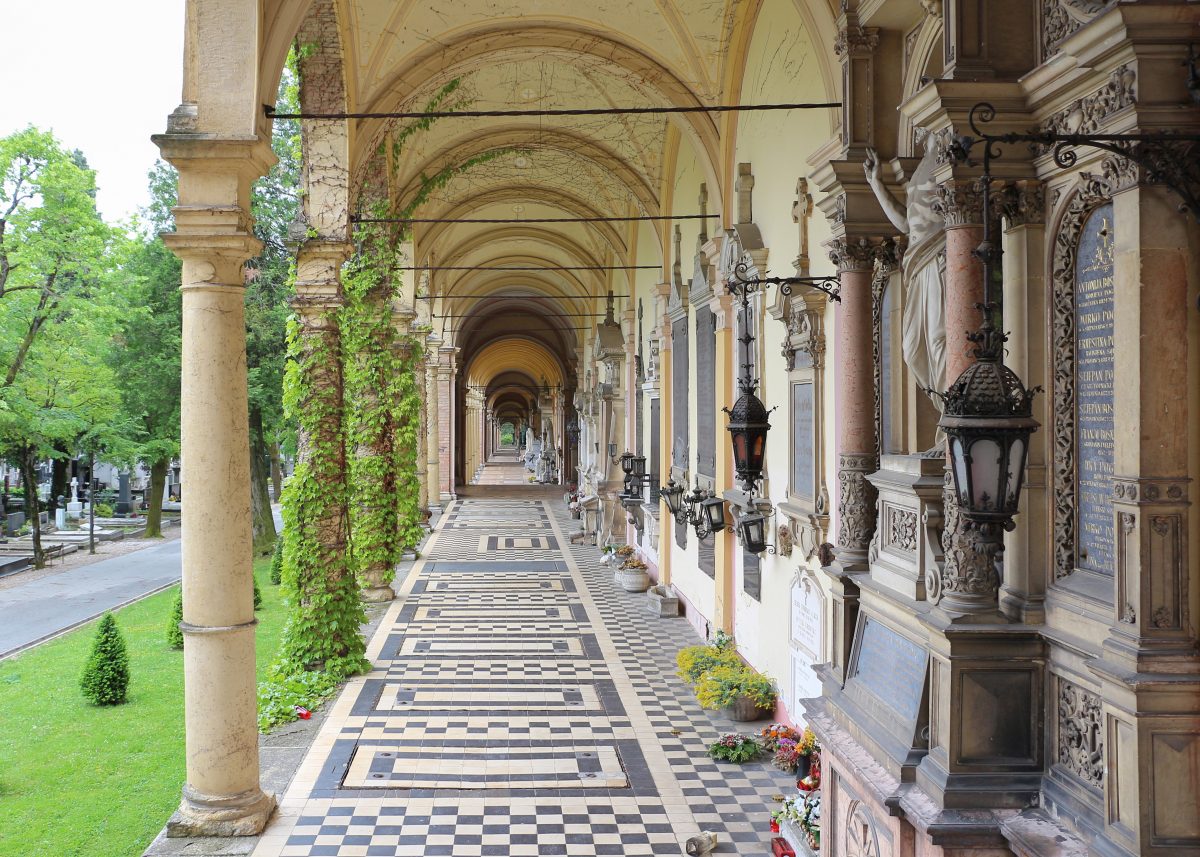
Let your feet walk around lower town while you marvel at the eclectic mixture of the architecture of the buildings. The Neo-baroque Croatian National Theatre, the Art Nouveau Bat House, and the seemingly never-ending boulevards adorned with Secession style are what characterize this part of town.
Toast to your first day in Croatia with a glass of cold pivo (beer) or gemišt (white wine mixed with sparkling mineral water) at one of the many bars in downtown Zagreb
If you have additional time: Should you have time during your one day in Zagreb make the trek out to the Mirogoj Cemetery that lies a little outside of the city center. The Mirogoj Cemetery is the resting place of 300.000 Zagrebians from all religious backgrounds. The wealthiest inhabitants of the cemetery are to be found in the beautiful arcades, the architecture of which rivals any Baroque church in Italy.

Day two, three and four: Traverse Central Croatia


Spend a day in Krapina Zagorje
Day two of your Croatia road trip will take you to the north of the country known as the Krapina Zagorje county. Drive into the woodsy Croatian interior hugging the Croatian – Slovenian border. Bucolic landscapes peppered with natural thermal springs and medieval castles greet you along the way.
The adventurous traveler can choose to explore the region by taking the scenic and much less congested route. This alternative entails getting up at the crack of dawn and piling oneself into a wicker basket to fly over the rolling hills of Zagorje in a hot air balloon ride. The availability of the ride depends on the weather conditions, which at the time of visiting were exceptionally windy and rainy and the flight was canceled.
For those seeking to keep their feet firmly planted on the ground, skip the balloon ride and start exploring some of the many castles the region has on offer. One hour’s drive out of Zagreb takes you to the 13th century Trakošćan castle or the 15th century Veliki Tabor castle.

The former a quintessential Disney castle, protected by the many turrets and its very own artificial lake; the latter a 15th century fortified castle perched atop a hill built to scare off any marauding Turks and rumored to have its very own ghost still haunting the halls today. This is not the last legend you will be learning on your road trip to Croatia.
Lunch Tip: For lunch with a view over the Veliki Tabor castle stop at Grešna Gorica and try the specialty of the region: štrukli.
Jump back in the car and drive the winding roads past vineyards and scenic valleys all containing a sprinkling of colorful houses and playful churches adorned with pear-shaped spires typical of northern Croatia. Make your way to the Krapina Neanderthal Museum and learn about the region’s first inhabitants during the Stone Ages.
Park in the allotted parking (500 meters (547 yards) from the entrance and next to the impressive giant Neanderthal statue that marks the entrance to the museum). The audio guide provided by the museum vivaciously recounts the story of the nearby archaeological site and accompanies you on the interactive tour around the museum. This is also a fun activity to do with kids.

Done with culture and history, it is time to indulge in another of the region’s specialties: Thermal Springs! These ancient waters running through the verdant interior of Croatia were once the favorite hangout of the Romans and are world renowned for their health properties.
Options for spas are abundant in the region, one of the most well-known is Tuheljske toplice, complete with a complex of swimming pools and options for spa treatments. This will be the only region on your road trip where you can sit back and relax in natural hot springs, so make sure to bring your bathing suit and jump in!
Where to sleep: Make your way back to Zagreb and spend one additional night there before continuing your Croatia road trip towards Karlovac.


Time to explore Karlovac County
One of the highlights of any Croatia Road Trip is a visit to the mesmerizing emerald-green waters of the Plitvice Lakes National Park. The road between Plitvice and Zagreb takes you through the lesser-known, yet scenic (and very culinary region) of Karlovac County. Home to the world’s longest-recorded Strudel, the most popular beer in Croatia (Karlovačko), a host of water sports activities, and the quaint village of Rastoke.
Start your morning in the city of Karlovac. A verdant city built at the confluence of four of the country’s main rivers. Walking through the quiet streets, it might be hard to believe that this tranquil town was originally built as a fort to stave off the impending Ottoman threat. Stroll down Radićeva Street, and visit the Franciscan Holy Trinity Church and the Orthodox Church of St Nicolas before going for a swim at Foginovo Beach.
Right in front of the beach, you will find a café serving ice-cold Karlovačko beer and large parking (incidentally the best spot to park your car if you want to stroll in town). If you have some spare time or simply want to stretch your legs, hike up to see the Dubovac Castle, a sturdy fort with some pretty amazing views.

The Karlovac region is blessed with some of the clearest mountain rivers in the country. Spend the afternoon on – or even better – in the crystal clear waters. Rafting, tubing, and canoeing are all widely available for the more adventurous souls. Activities might vary depending on the time of year you decide to embark on your road trip in Croatia. Double-check with the local tourism office for what is available during your visit.
End the day in the quaintest village in all of Croatia: The watermill village of Rastoke. At the confluence of the Slunjcica and Korana rivers, water runs abundant through the little village made up of a sprinkling of wood-shingled houses. In the months with heavy rainfall, the village is surrounded by no less than 23 waterfalls, varying in size and strength. Legend has it that this little town is home to the fairies, who love to gather at night under the waterfalls.


Settle in for dinner at Slovin Unique – Rastoke. Trout is the local specialty and as fresh as it comes (the fish are swimming in the water around the restaurant). If you are not a fan of fish, try one of the many vegetarian (or meat) alternatives on the menu. Make sure to keep room for dessert, the Strudel is delicious and comes in a very generous portion. Wash it down with a healthy glug of Teranino (a typical Croatian liqueur made with fruit or brandy and Teran red wine).
Day four of your road trip will be spent hiking through the Plitvice National Park. To avoid tourists make sure to start hiking early in the day. The early wake-up call might be more bearable if you drive from Rastoke to Plitvice and spend the night in one of the hotels at the entrance of the park. Anything to be able to press that snooze button for an additional 30 minutes!

Hiking in the Plitvice Lakes National Park
Day four is dedicated to the natural beauty of the Plitvice Lakes National Park, which has widely been heralded by many a writer before this one. A dense forest patchwork made up of beech, spruce, and pine trees hovering protectively over the 16 lakes of crystal clear waters cascading down through hundreds of waterfalls. Mountainous reflections ricochet off the high-definition clear waters, traversable only by wooden pathways and in which a strict no swim policy is enforced.
It is not hard to see why the natural beauty of the Plitvice Lakes National Park has been inscribed on the UNESCO world heritage list since 1979, catapulting it to the top of Croatia’s “must-visit” list. Like many of the natural places in Italy, it does receive a large number of tourists.
In an effort to preserve the natural fauna and flora of the park, a daily quota limiting the number of visitors – splitting them into specific timeslots – has been in force for a number of years. Despite the quotas, the summer months still attract large flocks of tourists.
Tip: Tickets can be purchased online at least one day in advance, preferably sooner in the high season. Prices range from 80 to 250 HRK ($11.3-$35.3) depending on the season.


The raw beauty of the park is harder to enjoy when it is spent darting around clutches of tourists, avidly snapping selfies in front of every waterfall. For a chance to enjoy this popular fairy-tale wonderland in relative tranquillity make your way to the Upper Lakes (entrance 2) and hike down to the Lower Lakes. The majority of visitors make a beeline for the main waterfall which rushes down into the Lower Lakes portion of the park before making the trek up, leaving the Upper Lakes unexplored for the first few hours after the opening of the park.
The park has eight different routes to choose from ranging from 3,5 to 21 km (2.2-13 mi) trails all clearly indicated with signposts. The Plitvice National Park app offers an overview of the trails, as well as a host of different activities that are available around the park. When planning out your itinerary for your road trip in Croatia, try and plan out the route you will hike through the park too!
Inside the park, there are little to no opportunities to purchase food and water, be sure to bring those along with you along with a pair of comfortable walking shoes.
The next leg of your road trip will leave the Croatian hinterland and head in the direction of the day Istrian Peninsula and the Adriatic Coast.
Where to stay: Get a headstart by staying in one of the three hotels in the Plitvice National Park itself. We stayed in Plitvice Hotel, other options are Hotel Jezero or the Hotel Bellevue.


Spend days 5, 6, and 7 in Istria

Time to head to the land of the giants otherwise known as Istria. Legend has it the peninsula was once inhabited by many a giant, who by a bad stroke of luck found themselves ensnared by dwarves and put to work building enchanting hilltop villages that pepper the forested heartland of the peninsula. Witnessing the many little villages clinging to the steep cliff sides, even the most critical thinker will pause – however fleeting it might be – and reflect on the plausibility of these legends.
As you drive in the direction of Rovinj, cutting through the peninsula’s verdant interior, any thoughts of the coast might seem like a distant dream. Just as your reach for Google Maps to double-check the input destination is indeed coastal Istria, the enchanting mountainous terrain falls away providing you with a first glimpse of the coy Adriatic Sea. For the next few days of your Croatia road trip, you will never be more than a few kilometers away from the rigged western coast of Croatia.


Day Five: Spend one day in Rovinj
The first stop in Istria is the town of Rovinj. Pulling up in the harbor of this colorful fisherman village your eyes will immediately fall upon the large church spire emerging from a sea of color that form the picturesque skyline of Rovinj. This is as far as your car will take you, park in the large Validobora parking lot and walk the 10 minutes into downtown old Rovinj. Expect to pay 5 HKR per hour ($0.70) for the parking.
The best way to spend one day in Rovinj is by exploring the old town at a leisurely pace. Thanks to its small size and with the help of the watchful Saint Euphemia standing proudly atop the ever visible church spire, even the most directionally challenged traveler will be hard-pressed to get lost.
Start the day off with a hot espresso at the Spacio Grota bar where you watch locals vivaciously yell “ciao” at each other from across the market square lined with pastel palazzos. As you will notice during the rest of your Croatia road trip, the influence of 500 years of Venetian/Italian rule has left a clear mark on the coastal region of Istria.

Enter old town through the 18th-century Balbi arch and walk the cobblestoned streets webbed with equal amounts of drying undergarments and bougainvilleas. Hunt down treasures in Grisia Street, peppered with stores and bars.
Make your way up to the Saint Euphemia Church and climb the 192 stairs for the best vantage point over town or simply enjoy a serenade of bells coming from the church tower during mass; stroll back down to the waterfront to catch a glimpse of dolphins.
Finish off the 5th day of your road trip in Croatia with a well-deserved aperitivo at the Grand Park hotel while marveling at the enchanting view over the peninsula jutting out; indulge in a plate of Fuži (hand-rolled pasta) with a healthy dose of shaved truffle washed down with a lovely ruby-red Teran wine.
Walk off this lovely dinner by strolling around the little harbor of old town Rovinj, filled with fishing boats bobbing to the melody of the sea. For the night owls, grab a nightcap at the lively and chic Mediterraneo bar.

Day Six: A day exploring Fazana and the Brijuni National Park
For your second day in Istria, drive along the craggy shoreline of the Peninsula and take in the sweeping views over the Adriatic Coast. Drive from Rovinj to the little fishing village of Fazana. The candy-colored houses, prominent church, and picturesque harbor are faintly reminiscent of Rovinj, be it a lot smaller in size. Stroll through the old town and browse the little shops dotted around the harbor.
Grab a coffee or sit down for lunch at Stara Konoba, which offers a wide variety of dishes for both the vegetarian and non-vegetarians.
After lunch hop on the ferry towards the Brijuni Archipelago, a set of 14 islands that can be seen from the harbor of Fazana and one of the best places to spot wildlife in Europe. Check the schedule of the ferry before you go. The ferry will take you to Veliki Brijun which marks the start of your excursion to the Brijuni National Park. This will be the second national park you visit during this Croatia road trip!

Activities on the island include a scenic electric train ride (1h); spotting llamas, elephants, and a host of other exotic species in the safari park (remnants of the menagerie the former Yugoslavian leader Tito kept on the island); chasing dinosaur footprints and marveling at the thick trunk of a 1600-year-old olive tree. In short, there are plenty of activities to keep you busy!
After a day filled with exotic animals and charming villages, you will have worked up an appetite by now. On your way to Pula stop at the Vodnjanka agriturismo for a delicious dinner made with locally sourced ingredients and olive oil. Treat yourself to a glass of cold gemišt (white wine mixed with sparkling mineral water) or bevanda (red wine mixed with still water).
Make your way from Fazana to the coastal town of Pula where you will spend the last day of your road trip in Croatia.

Day Seven: One day in Pula
The city is the largest in Istria and sprawled out across seven hills, with first-row seats to the spectacle that is the sea. Thanks to its location, the city has always held an important strategic and military position. The many Roman monuments and fading palazzos that form the fabric of downtown Pula are a tribute to the important role the city played both under the Roman and Austro-Hungarian Empires.
The crowning jewel of Roman monuments is the surprisingly well-preserved Roman amphitheater, located in the middle of town. True to Croatian form, legend has it the theatre was built by the fairies one faithful night so they had a stage to dance on. Others say the Arena was built in the first century AD by Emperor Vespasian to delight his mistress.
If you have some extra time on this last day of your road trip in Croatia, invest in a local guide who can explain the origins of the gladiators and paint a picture of the fights that took place here. Be sure to make your way down underneath the arena to find out where the gladiators waited patiently before jumping on the arena to the delight of onlookers.
Visit the Arena: The arena is open to visitors yearlong for the price of 70 HRK ($10) or 35 HRK ($5) for children).

Other remnants of Roman architecture include the Temple of August, the Roman Forum, the Arch of the Sergii, and the Gates of Hercules. All of which are within walking distance of the Amphitheatre and make for a beautiful trip down Roman memory lane.
After a morning of exploring, it is time to take a relaxing dip in the Adriatic Sea and soak up some vitamin D before you head back home. Pula is surrounded by some of the peninsula’s best beaches. The closest beach to the city center is Ambrela Beach (St Johns Cove Beach), which is easily accessible by car and has a large parking lot right in front of it the convenience of which coupled with the relative closeness to downtown Pula makes this a very popular beach. Alternatively head out a little further to explore some of the more secluded beaches in Pula.
If your Croatia road trip happens to take place in winter, be sure to pack enough warm clothes. Pula is notorious for the Bura, an icy north wind that will have you running for the nearest bar in a few seconds.
One week itinerary for Croatia road trip on a map
In this interactive Google Map you can find the full itinerary of our road trip. Or have a quick peek at the below screengrab of the map.



Best time to spend one week in Croatia
The very best season to go to Croatia is in summer when the days are long and the average temperature is warm 28 C/82 F with a breeze that evens it out to feel a bit cooler. That being said, summer sees large flocks of tourists most notably in Istria and Dalmatia (Dubrovnik Split, Elaphiti-islands). If you are after a beach holiday, try visiting Croatia in September when the Adriatic is still warm enough for a swim.
For those who love winter sports, you can try your hand at skiing in Croatia. The most well-known ski slopes are just outside of Zagreb: Sljeme Ski Resort.

Things to know before heading out on a road trip in Croatia
Eating out in Croatia
Long and leisure meals are part and parcel of any Croatia road trip. Preferably with a few pivos (beer) or glasses of local wine shared with your new Croatian friends. Of which you are bound to make a few, a wonderful side effect of cruising through a country filled with hospitable and gregarious locals whose love for their country is only rivaled by their love for food and drink. Do not be surprised when (not if) your new friends vivaciously start discussing their next meal while chomping down on the current one.
Currency in Croatia
Since 2023 the official currency of Croatia is the Euro.
Driving in Croatia
- The legal driving age is 18 – irrespective of your country of origin
- You will need a valid driver’s license, insurance, and a form of identification on you at all times when driving
- Cars are driven on the right-hand side of the car
- The easiest places to rent a car from are at the arrival halls in the airport of Rovinj and Pula


Driving to other countries from Croatia
Within the Schengen borders, it is easy enough to drive from one country to the next. Border controls are non-existent, in fact, the only sign you have crossed over is a big blue sign with the white words “welcome to – insert country here”.
That being said, if you have rented a car for your Croatia road trip it is a lot cheaper to drop it off in Croatia and pick up a new rental car in the countries you want to visit. Traveling between countries in a rental car is usually either prohibitively expensive or just flat out not a service the rental companies offer.
Driving to Italy: Pop the car on one of the direct ferries from Pula to Venice. The crossing takes around 3h30. From Venice, you can venture out on a Northern Italy road trip around Venice and the Dolomites.
Driving to Slovenia: Pula to Ljubljana is a 2h30 scenic drive from where you can either choose to explore Ljubljana or drive 40 additional minutes to get to the majestic Lake Bled.
One week road trip in Croatia in conclusion
Traveling around Croatia for a week was an absolute blast. The county has such an interesting hodgepodge of cultures, folkloric tales, and unbridled nature. Add to that a love for food that rivals Italians, the wine that never ceases to flow, and locals who have the most infectious smiles. Croatia is a veritable gem that everyone should visit at least once.
MORE TRAVEL RESOURCES FOR TRAVELING TO EUROPE
Daytrips to take while in Ljubljana
Northern Italy one to two week itinerary
The best area and sustainable hotels in the Dolomites to stay in
European landmarks you do not want to miss
Fairytale castles in Belgium you can sleep in
3 day itinerary to the Vaud Region in Switzerland

7-day road trip in Croatia: Pin it



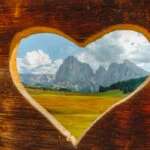

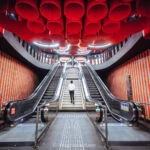
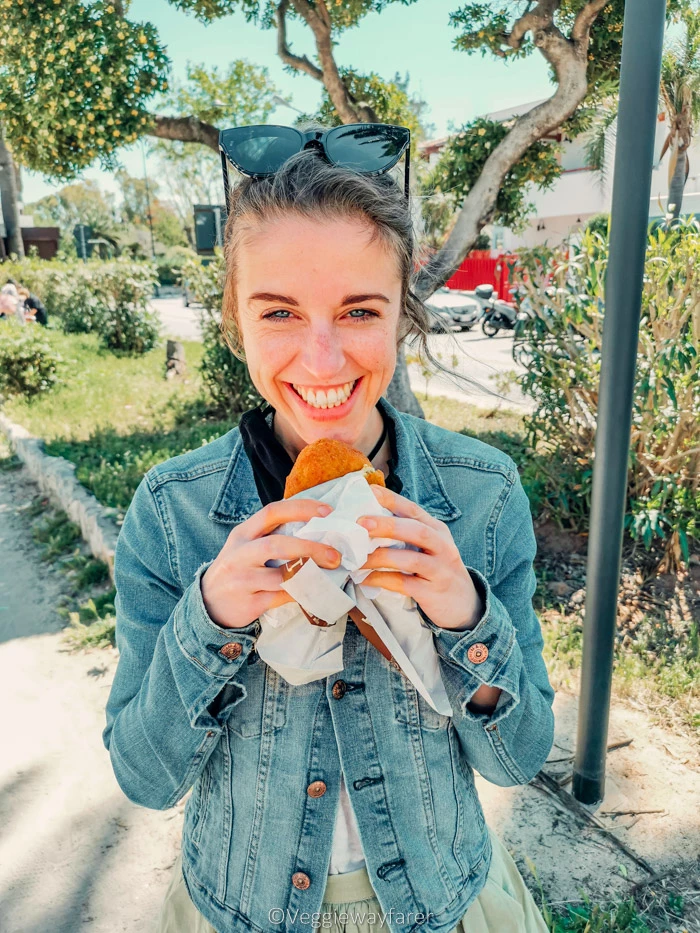
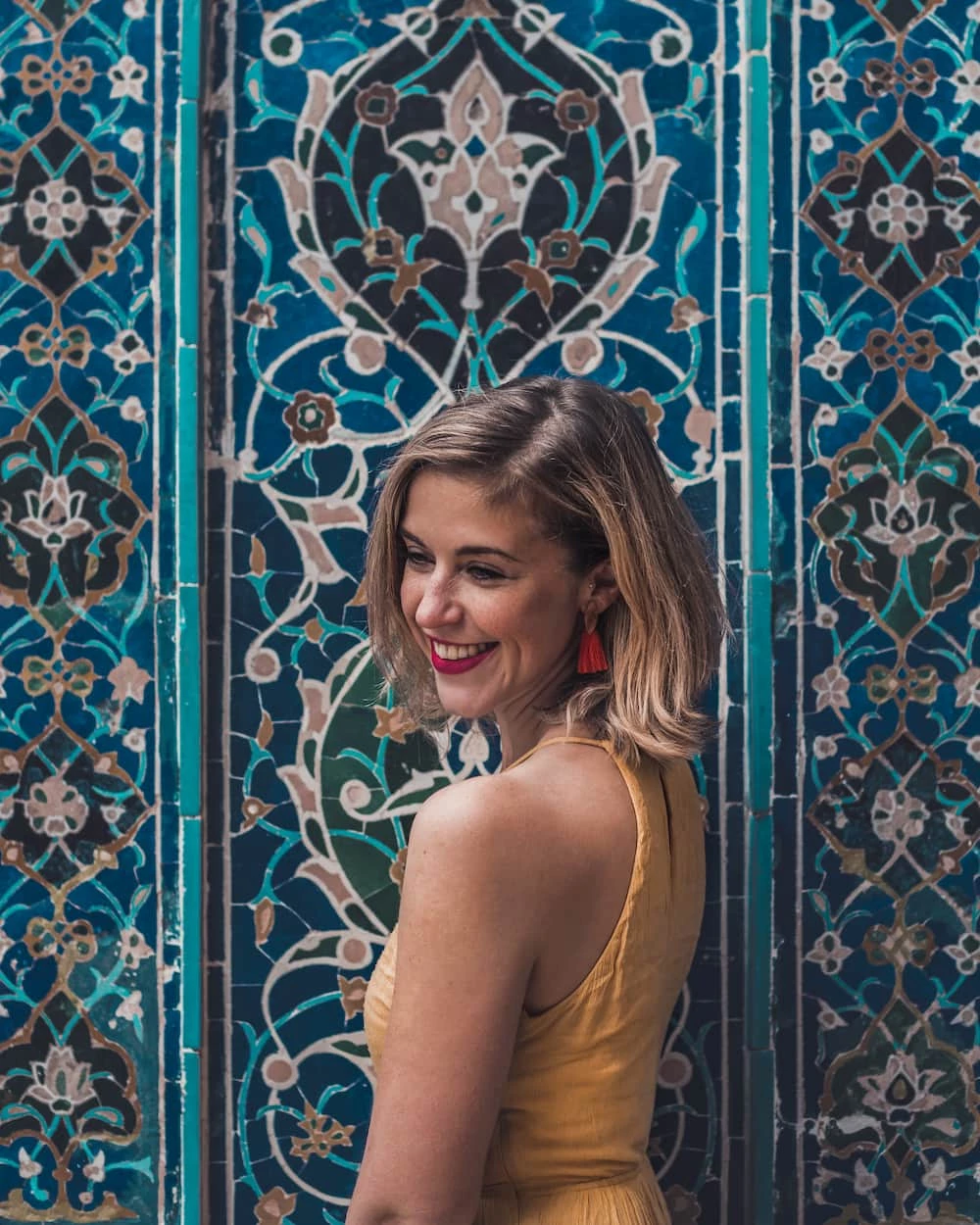
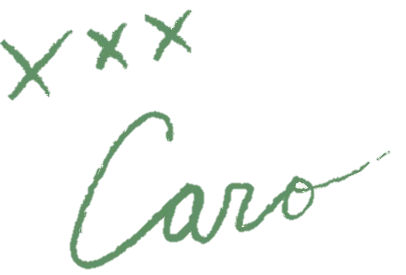
0 Comments